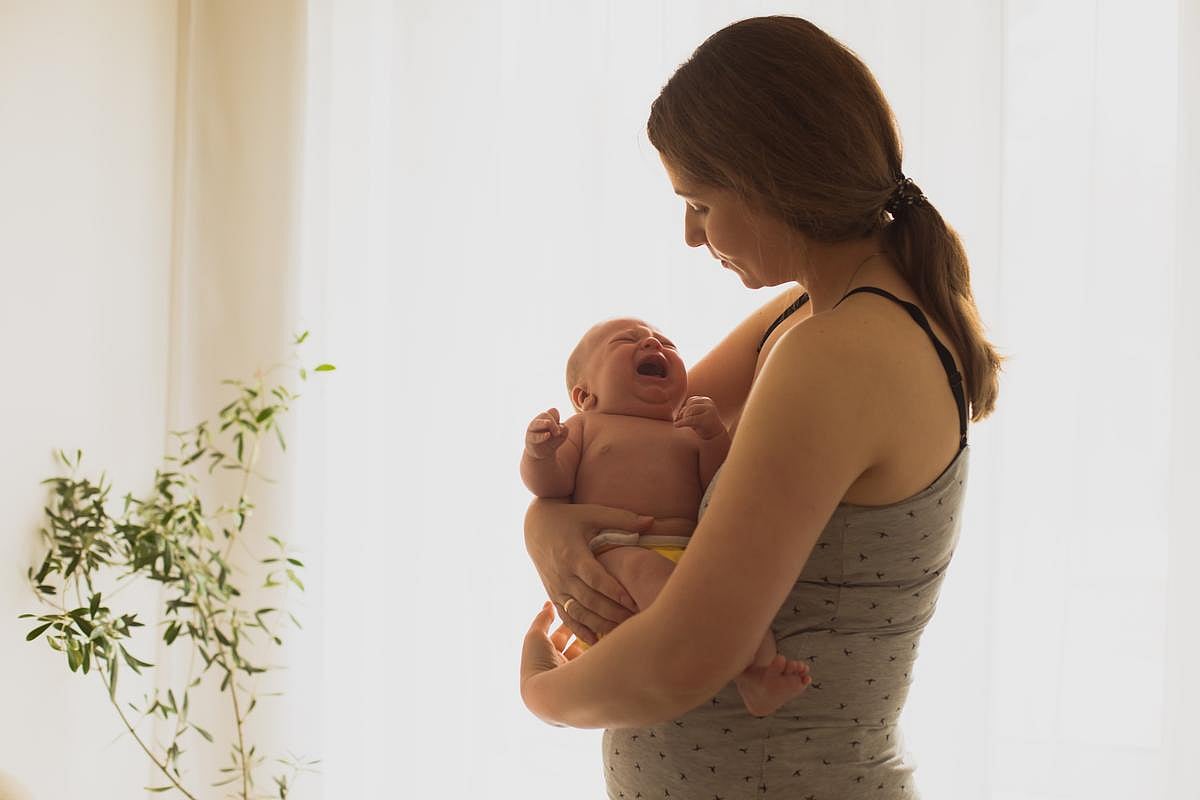Get Healthy!

- Posted September 24, 2025
Childlessness Surging In The U.S.
There’s been a tremendous surge in the number of younger women in the U.S. who don’t have kids, a new study says.
There were 5.7 million more childless women of prime child-bearing age than expected in 2024, up from 2.1 million in 2016 and 4.7 million in 2022, according to a paper produced by the University of New Hampshire’s Carsey School of Public Policy.
Over the past 17 years, this has resulted in nearly 12 million fewer births than expected, researchers said.
“Childless rates increased the most among women under 30, where fertility rate declines were also greatest,” researcher Kenneth Johnson, a professor of sociology, said in a news release.
“In 2024, there were 4 million more women aged 20–39 than in 2006, but 7 million fewer have given birth — that’s an increase of 45%,” Johnson said.
For the brief, Johnson analyzed data from the U.S. Census Bureau as well as birth and fertility numbers from the National Center for Health Statistics.
The data show that if the fertility patterns occurring just before the Great Recession (from late 2007 to mid-2009) had continued, about 25% more women between 20 and 39 years of age — an estimated 4.4 million — would have had at least two children in 2024.
Another 15%, or 1.3 million, more women would have had a single child, the study found.
All combined, that’s 5.7 million women who might have been expected to have kids, who have instead gone childless.
Along with a significant increase in childless rates among women under 30, there’s also been a modest increase in childlessness among women in their 30s, results showed.
Fertility rates increased modestly among women aged 35 to 49, but the gains among older women weren’t large enough to offset increased childlessness among younger women, the paper said.
“The critical question is what kind of impact will this have on society,” Johnson said.
“While it’s possible that women who are currently delaying having children may still have them, the substantial rise in the proportion of childless women contributes to something called the ‘demographic cliff’ where the decision to not have children could have significant implications for health care, schools, child-related businesses and eventually for the labor force,” he said.
Many factors likely are influencing some women’s decision to not have kids, Johnson said.
These include the rapid increase in housing costs, the growing expense of children, limited access to child care and family leave, lower marriage rates, and greater educational and employment opportunities for women.
This study was funded by the federal government and the state of New Hampshire, but has not appeared in a peer-reviewed journal.
The report comes at a time when the Trump administration is considering incentives to increase the nation's birthrate.
More information
Pew Research Center has more on the decision to remain childless.
SOURCE: University of New Hampshire, news release, Sept. 16, 2025

